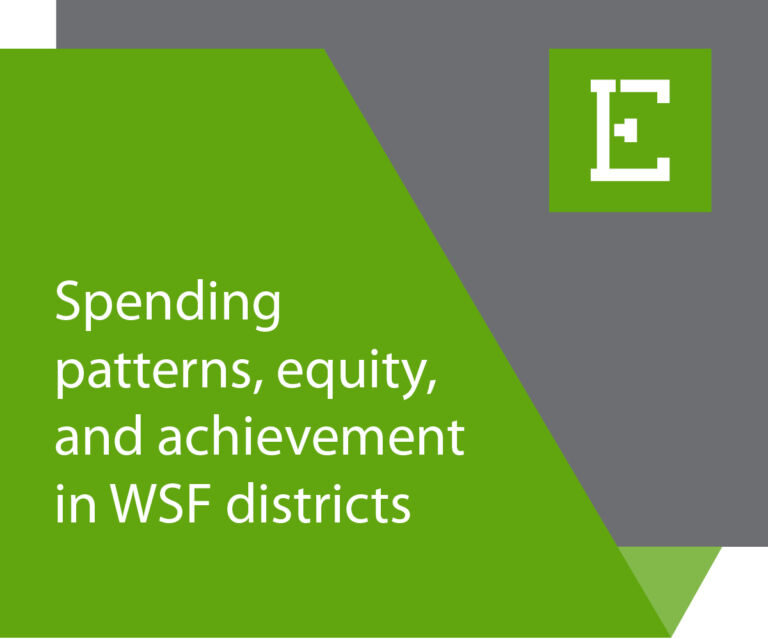Hannah Jarmolowski, Chad Aldeman, and Marguerite Roza
February 2022
School districts have increasingly adopted weighted student funding (WSF) formulas that allocate dollars, rather than staff positions, to schools in the name of equity and flexibility. While research to date has studied equity in some of these districts, there is no research that examines the entire cohort of WSF districts together.
This working paper examines how equitably 20 WSF districts distribute dollars to their schools as measured against a cohort of 20 comparable districts that use a traditional, centralized staffing model. The authors find that while a majority of all 40 study districts drive more dollars to low-income students, low-income students in WSF districts are more likely than their peers in other districts to both receive additional dollars and to receive a greater share of district expenditures. The researchers also find that WSF districts that have had their formula in place for longer are more equitable than recent adopters.
The research reported here was supported by the Institute of Education Sciences, U.S. Department of Education, through Grant R305A170348 to Georgetown University. The opinions expressed are those of the authors and do not represent views of the Institute or the U.S. Department of Education.
This paper was published by Taylor & Francis in Peabody Journal of Education, Volume 97, 2022, Issue 4: School District Finance and Resource Allocation at the School Level. The Version of Record is available at https://doi.org/10.1080/0161956X.2022.2109912


